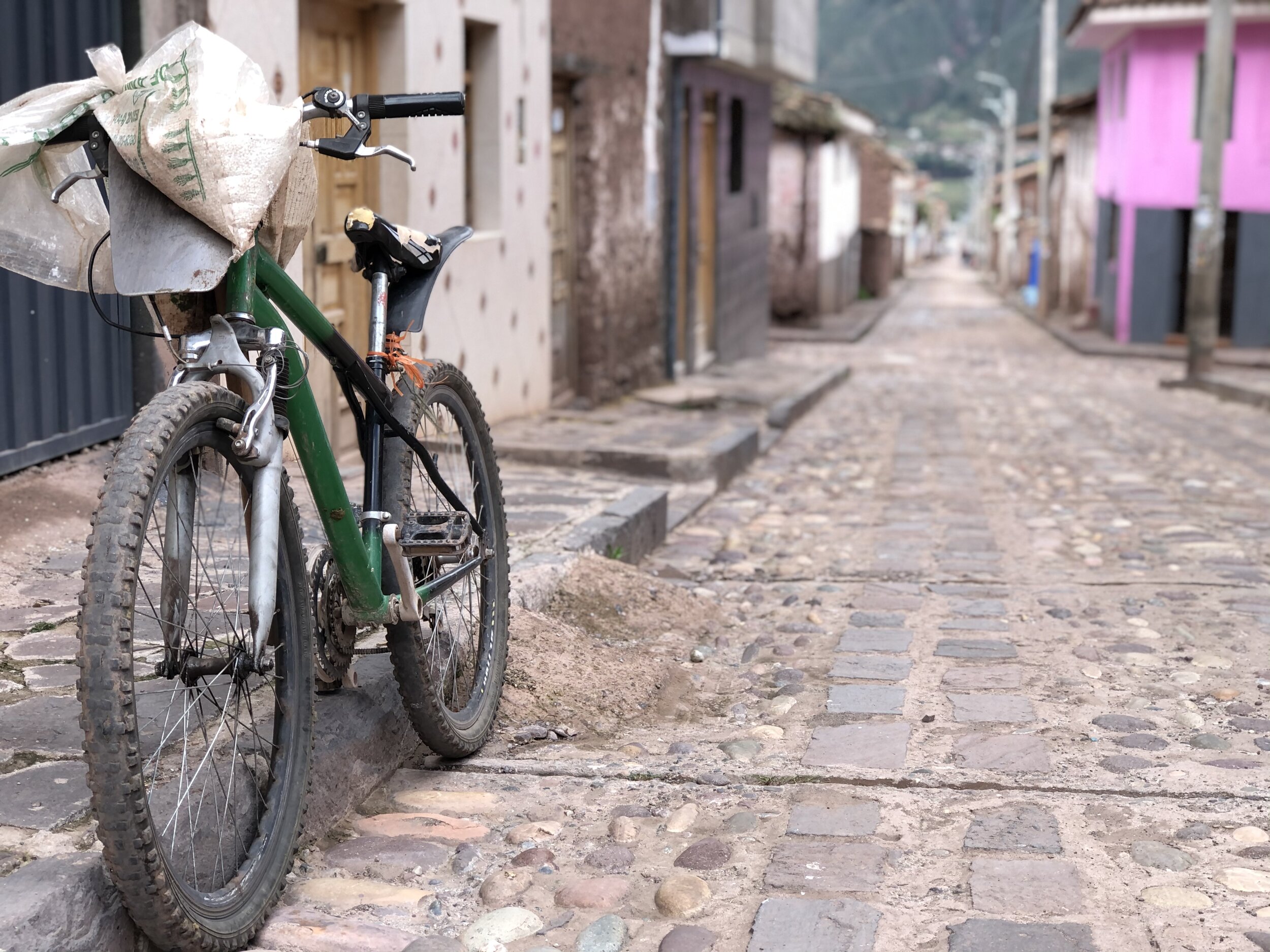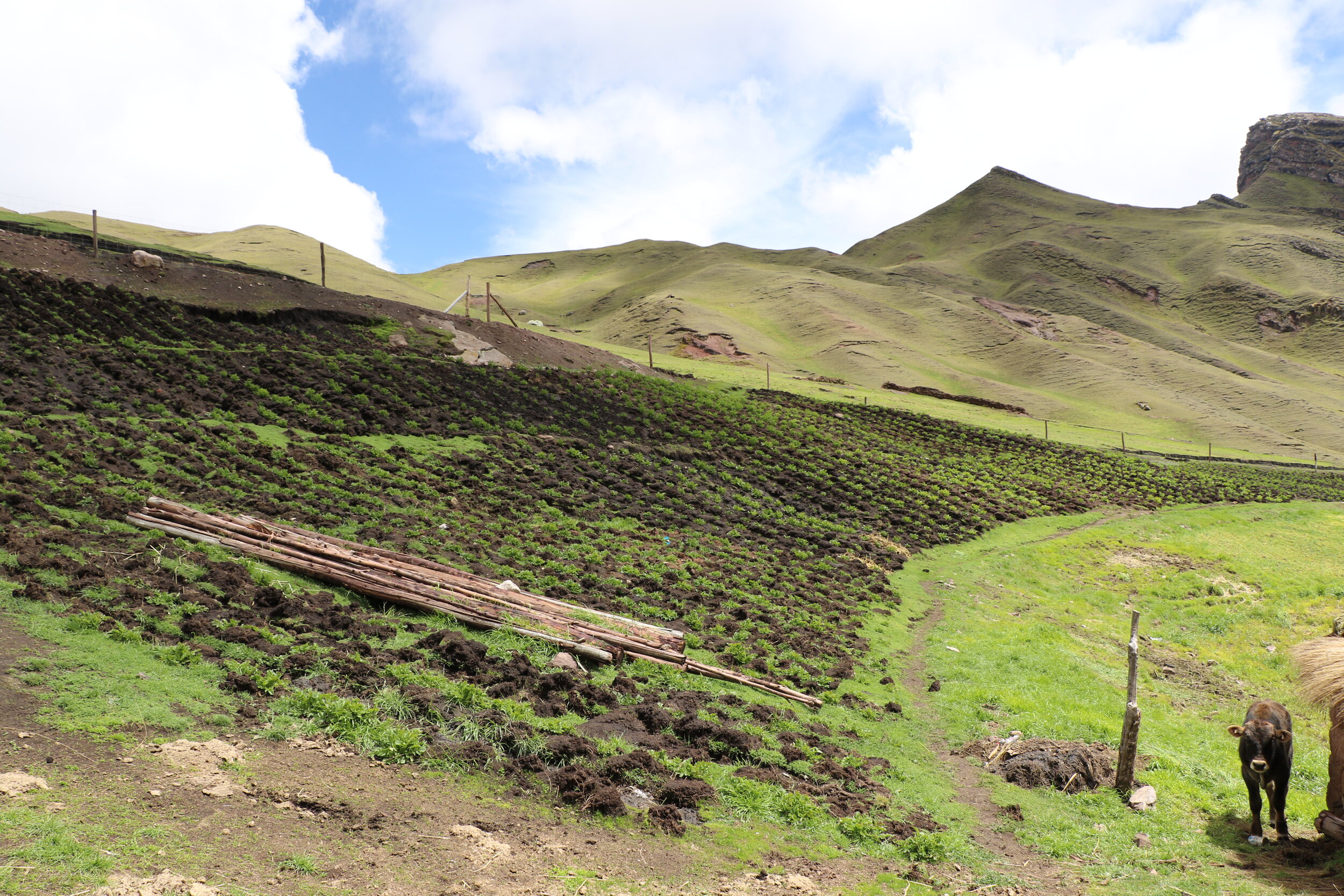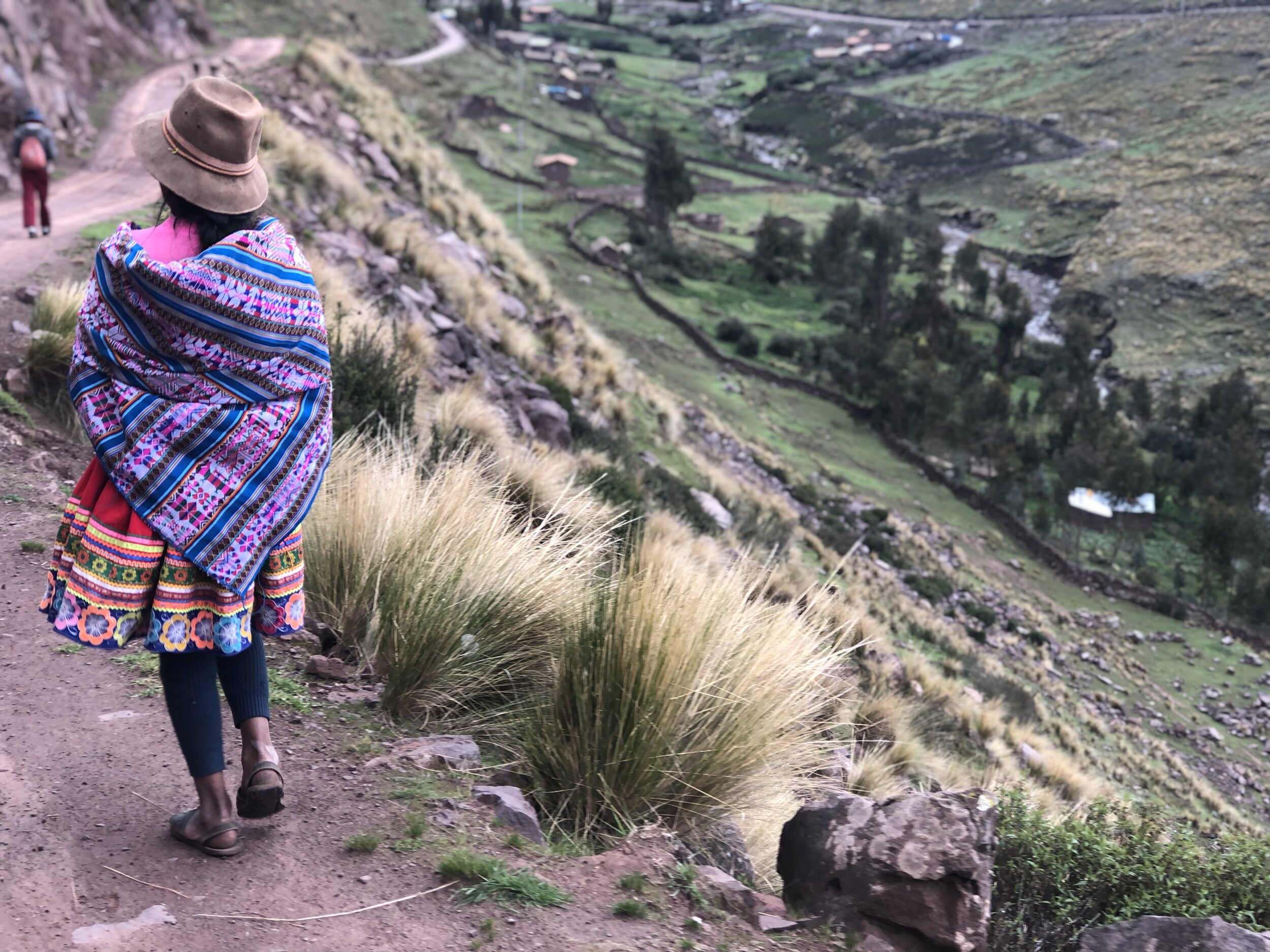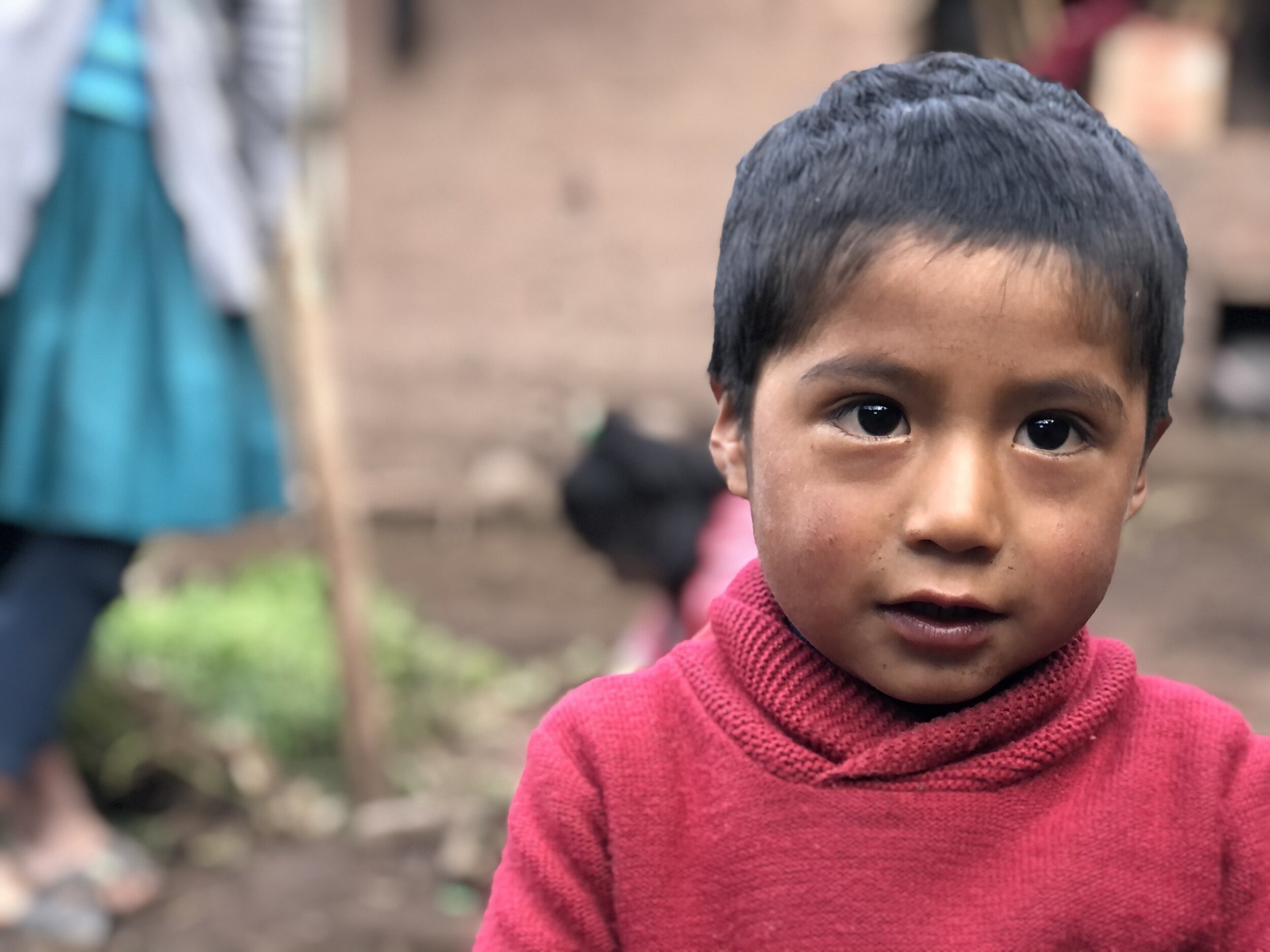
Our Work in Quispicanchi:
The Region
Our work is concentrated in three pueblos in the western part or the Quispicanchi province. Local parish centers are the heart of community life and the Quispicanchi Project provides support to centers in the Andahuaylillas, Urcos, and Huaro. In addition to these three pueblos we provide critical support to Sullyumayu, a community of roughly 100 families living in the remote highlands above Huaro.
Andahuaylillas
"Anda" is the first stop on what is known as the Baroque Andean Route, a network of churches dating back to the 15th and 16th centuries that feature a unique blend of architectural influences found nowhere else in the world. The pueblo of roughly 1000 families is home to the "Sistine Chapel of the Americas," the most well known and often visited of these churches. The church and the visitors it attracts represent the townships primary industry and source of revenue for many families.
Huaro & Sullumayo
West of the pueblo of Huaro, this remote community is perched just above 14,000 ft and is one of Peru’s poorest regions. Few means of employment exist except for family farms and local mines. Sparsely populated, children hike as much as two hours one-way to attend school. The school is the center of the community. In a recent health study of the community, 100% of the school’s secondary students were diagnosed with Anemia, a condition resulting from poor nutrition.
Urcos
The capital city of the Quispicanchi Province, Urcos is located on the Urabamba River at an altitude of 10,335 feet. The Urabamba river is one of the headwaters of the Amazon River and runs past such notable sites as Machu Picchu and the pre-Incan site of Pikillacta. Largely off of the tourist route, Urcos' population is roughly 10,000 people and the city serves as a transportation hub for people traveling between Cuzco and major cities in Southern Peru.

























The Reality
While in recent years great economic progress has been made, lifting many people who live in Peru out of poverty due in large part to the growth in international tourism, there exists an significant divide between urban and rural areas of the country. Peru’s success has been driven in part by a large “informal economy” of individuals who depend on the continued growth of international tourism. Of the people who are a part of this informal economy, 70% have no social safety net.
In many rural areas the poverty level, identified as individuals living on less than 338 soles/month ($150), approaches or exceeds 50% of the population. 73% of all rural households do not have access to public running water. Additionally only about 50% of all rural peoples continue their education past the primary level. In the highlands, children walk as long as 2 hours one-way to go to school, often through dangerous terrain. Due to limited access to affordable fruits, vegetables, and proteins many of these children have diets comprised primarily of potatoes and rice - leading to high rates of malnutrition and anemia. Additionally, given this reality; the distance to school and the nutritional limitations, many young people choose to stop attending school and start earning wages, leading to high dropout rates.
There are three current primary areas of need identified by the Quispicanchi Project. This is where we will focus our resources when developing culturally responsive solutions in collaboration with our friends in the region: nutrition, health/hygiene, and early childhood literacy.
Current Projects
In collaboration with local organizations, the Quispicanchi Project supports a variety of programs which provide nutrition to local children and families, education in early childhood literacy, and training and education in basic health practices. Additionally, the Project supports local artisans and community organizations to promote and celebrate the rich heritage of the region.
PROJECT: SULLUMAYO
The Quispicanchi Project is collaborating with local leaders, school staff, and families in the improvement of the community’s education system through the implementation of integrated health and hygiene programs, enhancements to the school’s nutritional programs, and the creation of vocational training programs. In addition to these programs, we are also collaborating with the Ministry of Education, the local parent board, and school faculty to explore new and innovative pedagogical and curriculum models which better address the unique challenges and circumstances in the region.
In addition to improvements to basic health and nutrition, we are currently collaborating with social workers in the region to accompany mothers, young women, and girls who have been the victims of spousal and family violence.
PROJECT: FABRICA
Fabrica is a social enterprise of the Quispicanchi Project, distinct in identity but connected by a key hope: to “thread possibilities” for women and at-risk youth in Quispicanchi, Peru. The imagery of threading is inspired by the local artisans who make up the Fabrica community who design, weave, and create one-of-a-kind, handcrafted products sold under the Fabrica brand, and the proceeds from these products support both the artisans who create them and many others who live in the region. Fabrica is not just about crafting textiles – it is about creating goods for good – working to provide opportunities for employment, empowerment, and independence for the people of Quispicanchi.
PROJECT: NUTRITION ASSISTANCE
Emergency Food Aid - Centers in Andahuaylillas, Huaro, and Urcos provide one healthy meal a day to roughly 400 local families throughout the year. To provide these meals, the “comedors” rely almost entirely on tourist revenues generated by a network of 16th century temples known as the Baroque Andean Route. With the tourism sector severely limited by the ongoing COVID-19 health emergency, the Quispicanchi Project is helping to support these centers by providing critical financial resources to aid in the purchase of produce, and vital sources of protein. Our goal is to provide the funding required to maintain the center’s operation through 2022.
Sustainable Agriculture Development - In 2022 we are proud to support the construction of a network of greenhouses throughout the region that will provide additional sources of nutrition to regional comedor programs. Additionally these greenhouses will be managed by groups of women who are participating in empowerment and skill training programs.









